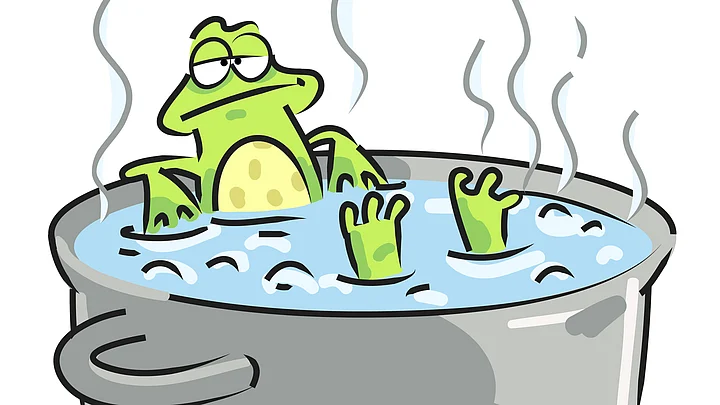Despite laws to rein in frog poaching, constant hunting of frogs for the purpose of selling them to restaurants continues to irk wildlife activists in Goa.
Activists from the state have for years been trying to create awareness about how the amphibian species serves humans best in the wild and not on a dinner plate.
Wildlife activists in Goa claim that frog meat, referred to as “jumping chicken” in code language in restaurants, continues to be the main reason why thousands of frogs are slaughtered illegally every year. Claims are that the population count of frogs in the state may have even dropped because of the gastronomy-inspired massacre.
What Do the Activists Say?
Tallulah D’Silva of Mission Green Goa believes that there is an organised poaching network which ensures that frogs from the wild land up in those restaurants which specialise in wild game.
I know of family members and friends who would set out in the night during the monsoons to catch frogs. But this was for personal consumption, so it was not an issue. With its commercial use, negative impact on ecology and ill effects on human health have led to restrictions and protection of this species.Tallulah D’Silva, Mission Green Goa
While the meat is not officially part of the menu, code words are often exchanged between patrons and restaurant owners while referring to wild game so as not to arouse suspicion.
One of the most common names for cooked boar is “pedru” and when it comes to frogs, it’s “jumping chicken”.
I know that there are restaurants serving jumping chicken as well as wild meat and I’m sure the authorities know too.Tallulah D’Silva, Mission Green Goa
Others, like Amrut Singh of the Animal Rescue Squad, say that indiscriminate killing may already have led to a drop in Goa’s frog population.
There is a demand for frog meat, which the poachers try to fulfil. The resulting toll on the environment is huge. Already, we have seen a big drop in the number of frog roadkills as compared to a few years back (indicating a jump in poaching).Amrut Singh, Animal Rescue Squad
Frog Poaching Against Wildlife (Protection) Act, 1972
Catching, killing, and selling of frogs, or serving frog meat in eating places contravenes the provisions of the Wildlife (Protection) Act, 1972.
In Goa, the two largest species of frogs are the Indian Bullfrog (Hoplobatrachus tigerinus) and the Jerdon’s Bullfrog (Hoplobatrachus crassus), both of which are sought after by poachers because of their fleshy hind legs.
The increased poaching of these two frog species has now resulted in the Indian Bullfrog and the Jerdon’s Bullfrog being listed on the Schedule-I List of threatened species, recognised by the central government as well as the international IUCN Red List.
Goa’s Principal Chief Conservator of Forests, Ajai Saxena claims that removing a frog from the ecosystem could only result in peril.
Removing frogs from the system will create havoc, because one frog eats many insects. Imagine the amount of pesticide you will use for your cultivation to kill those insects. We have to think of that aspect.Ajai Saxena, Principal Chief Conservator of Forests
If eating frogs was a tradition once, such traditions, he said, have to change with time.
(This article is in arrangement with IANS)
(At The Quint, we question everything. Play an active role in shaping our journalism by becoming a member today.)
